The UJI.>LAB Challenge UX project emerged from the need to boost the third mission of the university, that of promoting the development and transmission of knowledge generated in the university, to resolve challenges proposed by companies and society through collaborative work.
In this regard, the UJI.>LAB Challenge UX is a Usability and Product Design Challenge, that enables companies to improve usability and user experience, and consequently the value of existing products and services or those that are in the design stage. This is possible due to the participation of end users in the design and testing of products under development, to highlight problems, needs and opportunities that would otherwise not be met.
Therefore, the main aim of the UJI.>LAB Challenge UX is to enable companies in Castelló or its surrounding area to become aware of the benefits of using methodologies and technologies to improve user experience (UX) in the design of high-tech products and services.
The project was developed in collaboration with various companies in the business sector of the Valencian Community.
The UJI.>LAB Challenge UX will be aimed at students of the bachelor’s degrees in Industrial Design and Product Development Engineering, Computer Engineering, Video Game Design and Development, Business Administration, Advertising and Public Relations, Industrial Technology Engineering, Robotic Intelligence, Mechanical Engineering, Audiovisual Communication, the double degree in Business Administration and Law of the UJI, and alumni (SAUJI) who have completed their studies in the last five years. As “Solvers” they will make proposals to improve the products presented by participating companies.
The project is funded by the Valencian Innovation Agency (AVI).
The UJI.>LAB Challenge UX will be developed using the “Innovation Camp” methodology, based essentially on a combination of methodologies known as Design Thinking, Human Centred and Design Sprint. The characteristics of these methods are brought together to develop a process of innovation led by the interested parties in which participants explore, experiment, develop prototypes, discover and, above all, learn.
Using these methodologies, the aim is to accelerate the design process, define the objectives, conceive/sketch potential solutions, decide which idea to carry out, create a prototype, and test it and validate it with real users (Design Sprint). All this is carried out with an innovative, person-centred approach, in which the problem to be solved is addressed in an integral way (Design Thinking) and bonds of empathy are sought with the people affected (Human Centred).
The methodology will be applied in a collaborative way, so the solvers will work in teams of 4 to 6 people.
Participation as Solvers is open to students of the bachelor’s degrees in Industrial Design and Product Development Engineering, Computer Engineering, Video Game Design and Development, Business Administration, Advertising and Public Relations, Industrial Technology Engineering, Robotic Intelligence, Mechanical Engineering, Audiovisual Communication, the double degree in Business Administration and Law of the UJI and SAUJI who have completed their studies in the last five years.
The application period will be open from 14 September to 12 October 2022. Applications received after the above deadline or application forms that are not completed correctly will not be eligible.
DOCUMENTS TO ATTACH TO THE REGISTRATION
Proof of enrolment or a SAUJI membership document issued within the last five years.
APPLICATION
Link: Application form for the UJI.>LAB Challenge UX
The UJI.>LAB Challenge UX will be carried out by the UJI’s Science and Technology Park, in the Universitat Jaume I, on 21, 28 and 29 October 2022 in the Espaitec multipurpose room 2. In addition, a preliminary information session will be held to explain the development of the Challenge and the methodology on 14 October in the morning or 17 October in the afternoon. Two dates at different times are proposed to ensure that all participants can attend this session.
STAGE 1: EXPLORE THE POTENTIAL SOLUTION
21 October (afternoon): Presentation and start of the conceptual stage
Presentation of the companies and the products to be improved
Preliminary preparation activities and formation of the solver teams
Assignation of a mentor to each team
STAGE 2: EXPERIMENT AND DEVELOP PROTOTYPES
28 October (afternoon): Development of the conceptual idea and execution of the idea by the solvers.
Full development of the proposal for improvement
Preparation of the presentation to be given to the companies
STAGE 3: DISCOVER AND LEARN
29 October (morning): Presentation of the proposals for improvement to the companies and prize giving.
Presentation of the “Elevator pitch”
PRIZES FOR PARTICIPATING:
All the solvers who have had a positive evaluation of the participation requirements that are given below will receive:
An Espaitec merchandising kit that includes an action camera
A certificate of participation
PARTICIPATION REQUIREMENTS:
Participation will be recognised if participants meet the following minimum requirements:
Product requirements:
The degree of improvement in the proposal: the potential impact of the results on the business or product
Innovation and creativity: distinguishing elements incorporated in the product as a result of the proposal
Functionality: optimisation and/or extension of the product’s functional characteristics
Technical feasibility: capacity to make improvements effectively
Development of the Challenge requirements:
Teamwork: collaborative development of the project by all team members
Attendance: obligation to attend all the sessions in the development of the Challenge
The minimum requirements will be evaluated by the Assessment Committee, which is made up of the Mentors and Espaitec professionals. After a presentation in a private session, they will give their opinion on the results presented by the teams that they have been assigned.
Attendance at all the Challenge sessions is compulsory. Therefore, if an individual and/or a group’s (solver or solver team’s) participation in the UJI.>LAB Challenge UX is interrupted, they renounce any type of benefit and/or reward for participation or the prize, in the case that their team’s design wins the challenge.
Stage 1: Explore the potential solution
On 21 October, the first stage of the UJI.>LAB UX Challenge began. In this session, the solver teams were formed and assigned to the participating companies.
The participating companies (Eventscase, NRS Group, Grupo Orbel and the entrepreneurial project of the UJI Emprèn OnSocial programme, SEMANTICS AI) presented to their corresponding groups of solvers the product whose design and/or usability had to be improved. During this presentation, the solvers had the opportunity to ask questions about the product and about any doubts they had so that they could then start work on the proposals they would present. For this purpose, the solvers developed their proposals using the Innovation Camp methodology, with a graphic aid to help them to define the problem and thus propose the best solution.
On this first day, initial proposals began to emerge, which would be worked on in the next session.
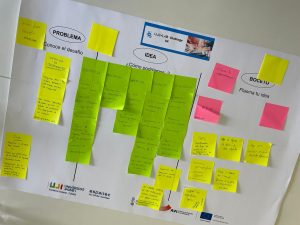
Stage 2: Develop the solutions
The following stage of the Challenge took place on 28 October. During the first part of the session, the solvers continued to appraise and make proposals that would then be developed. In the second part of the session, the solvers developed the proposals they had come up with or, if there were a great number of proposals, those that they considered were most innovative, feasible and/or attractive. The solvers implemented all the proposals on the product that their allocated company had presented to them. In the last part of the session, the solvers prepared the Elevator pitch presentation.
Stage 3: Presentation of solutions
On 29 October, the last day of the Challenge was held. At the start of the session, the solvers presented to their corresponding company all of the solutions that they had proposed to improve the usability and/or design of the product that was presented. The companies were grateful and sometimes even surprised by the proposals suggested by the solver teams. Then, the Elevator pitch presentations were delivered to the other groups of solvers and participating companies.
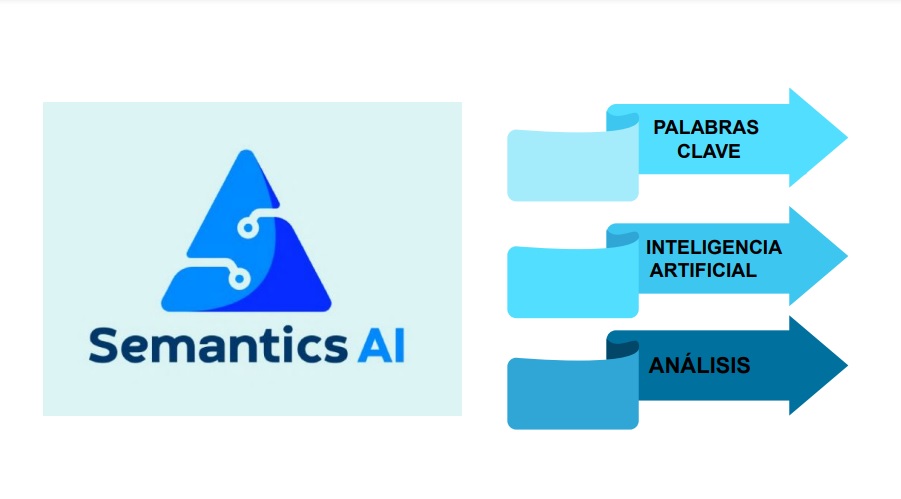
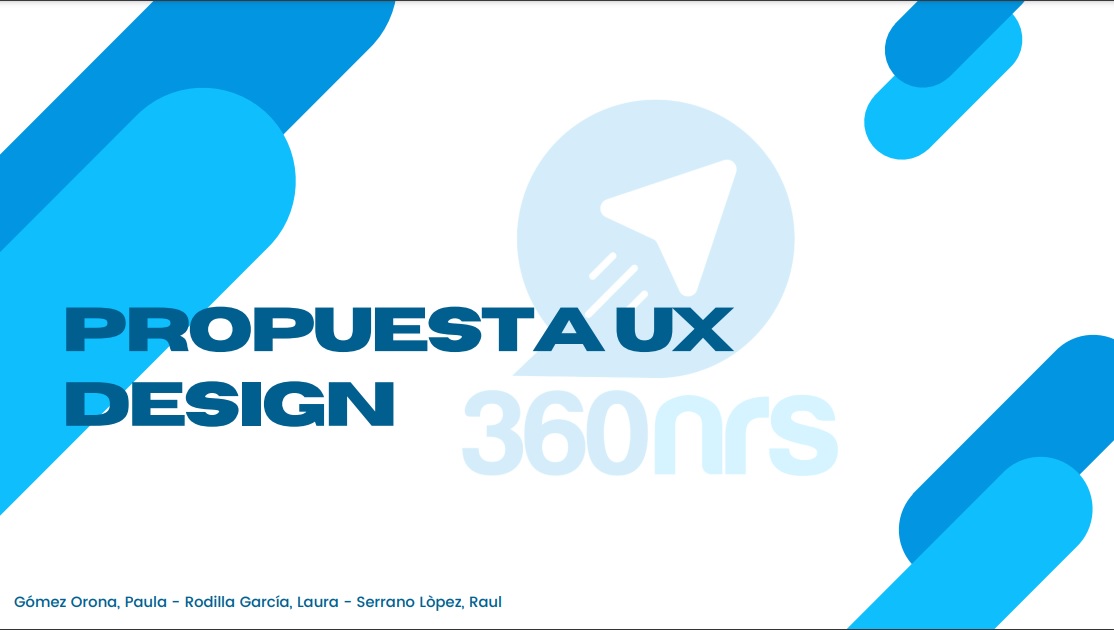
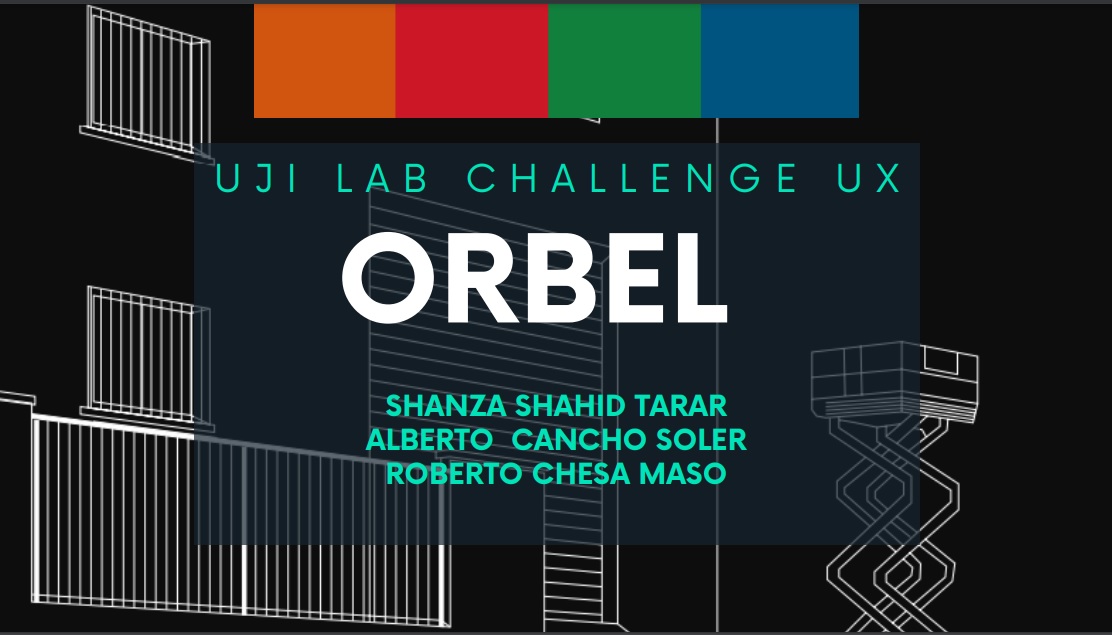
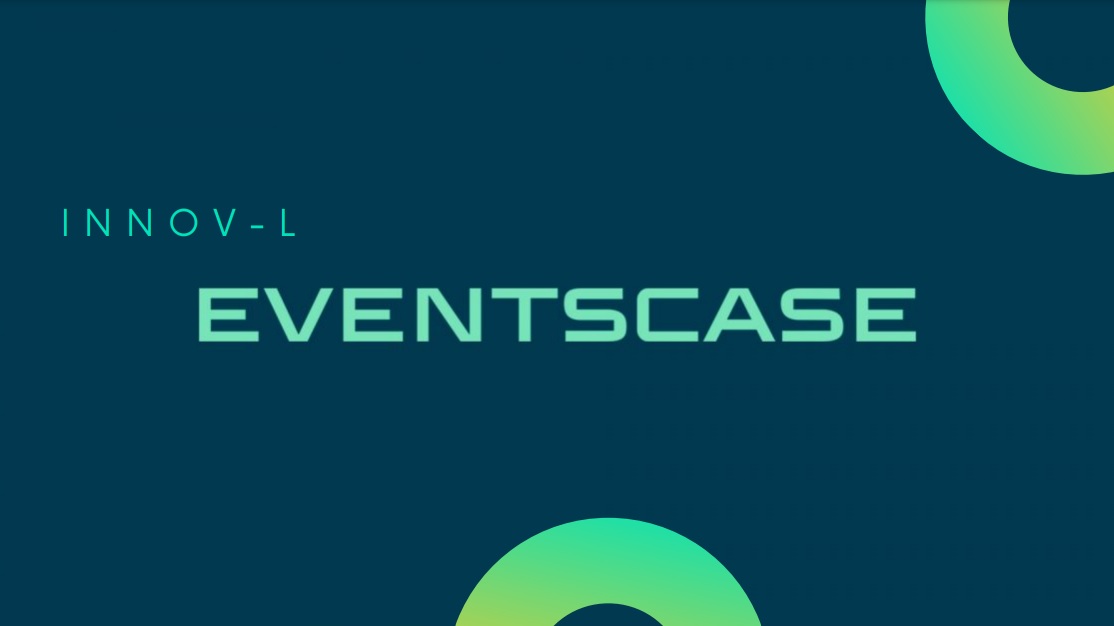
Once the improvements for the products had been presented, the companies or organisations had the opportunity to decide whether they wanted to test and validate the proposal in the real setting of their company.